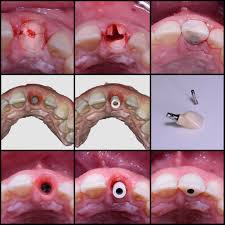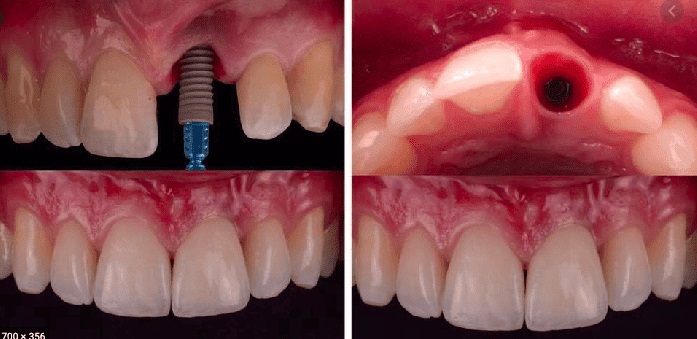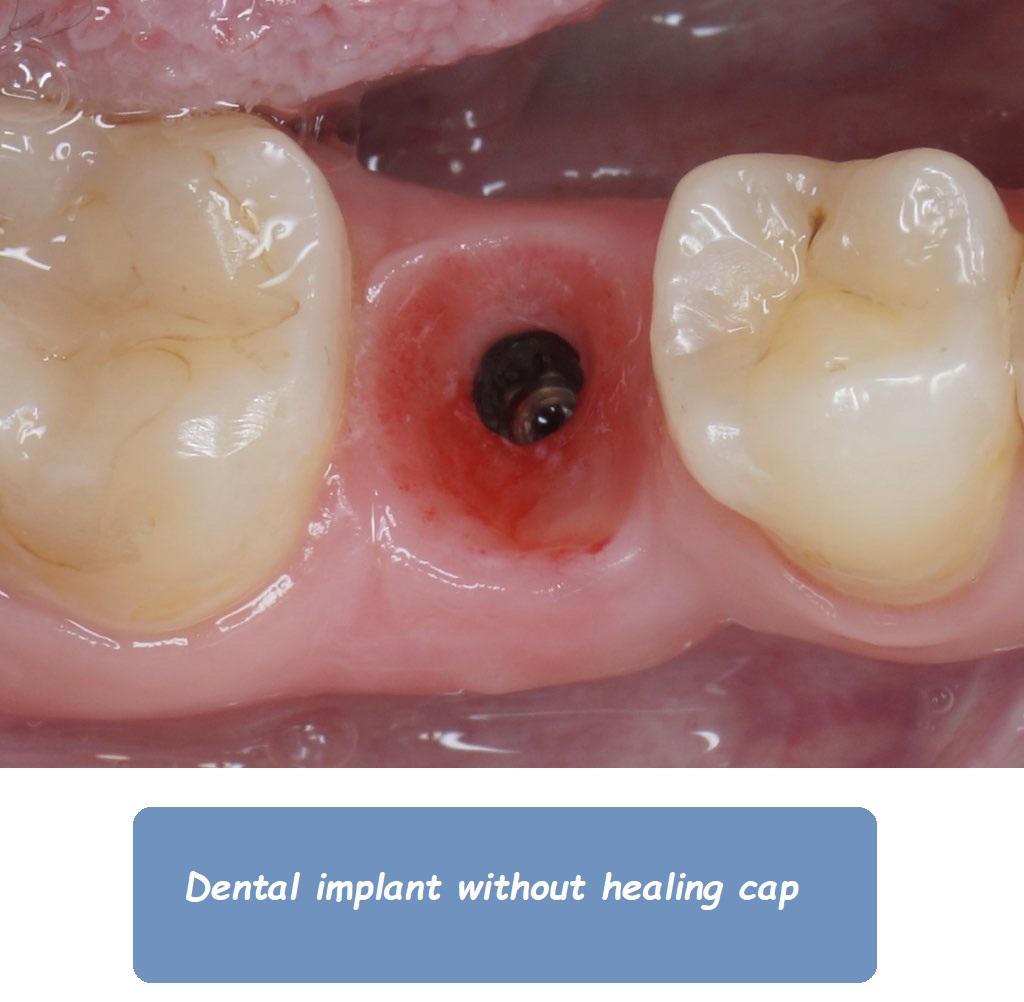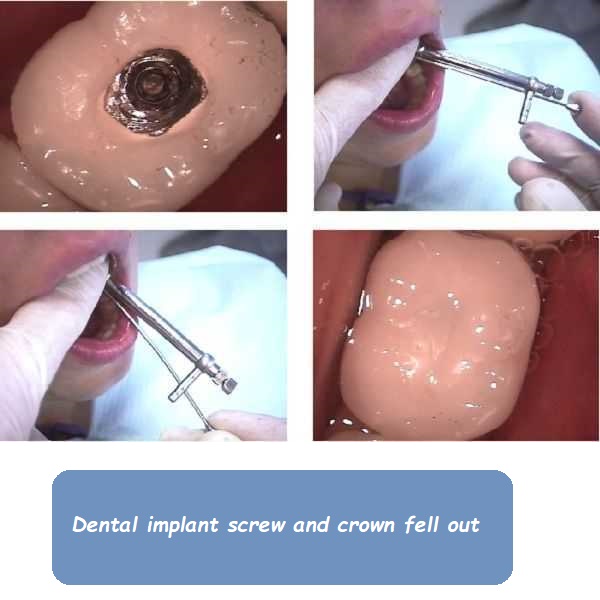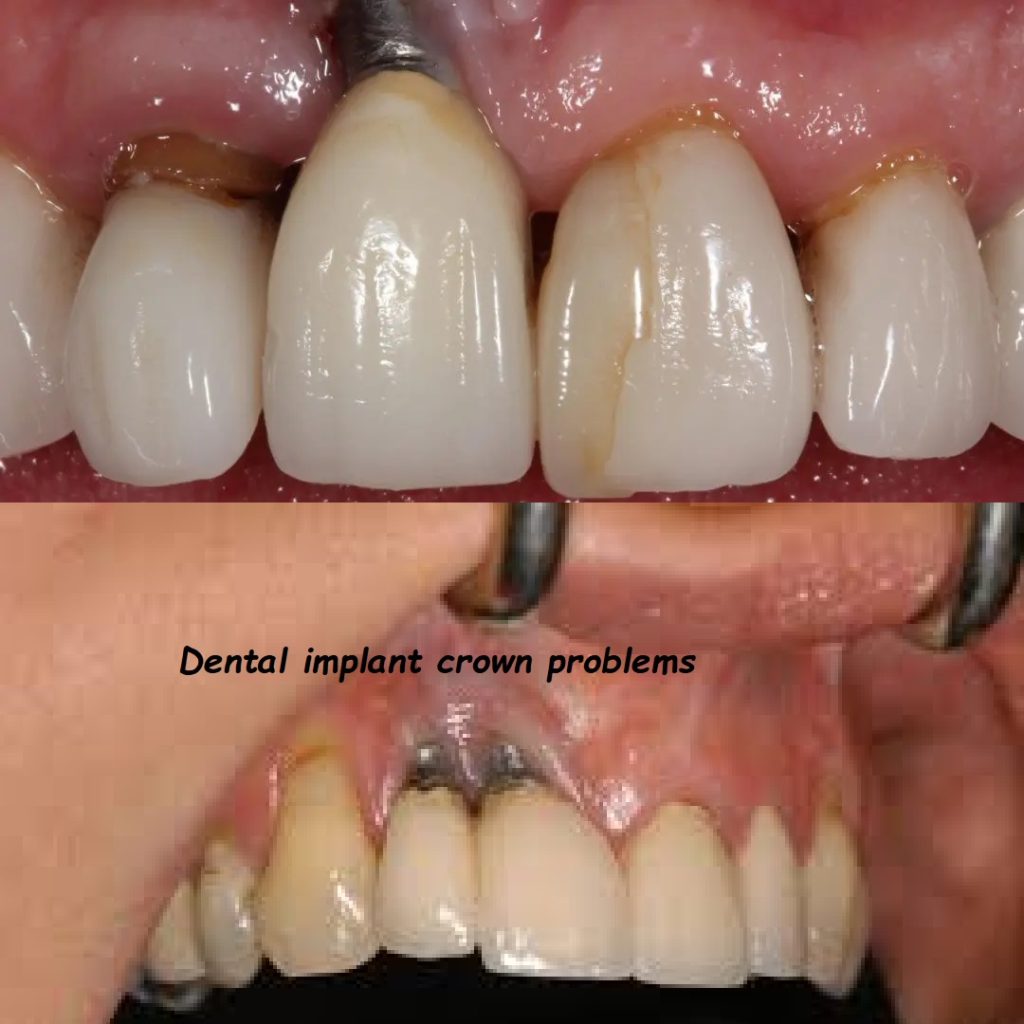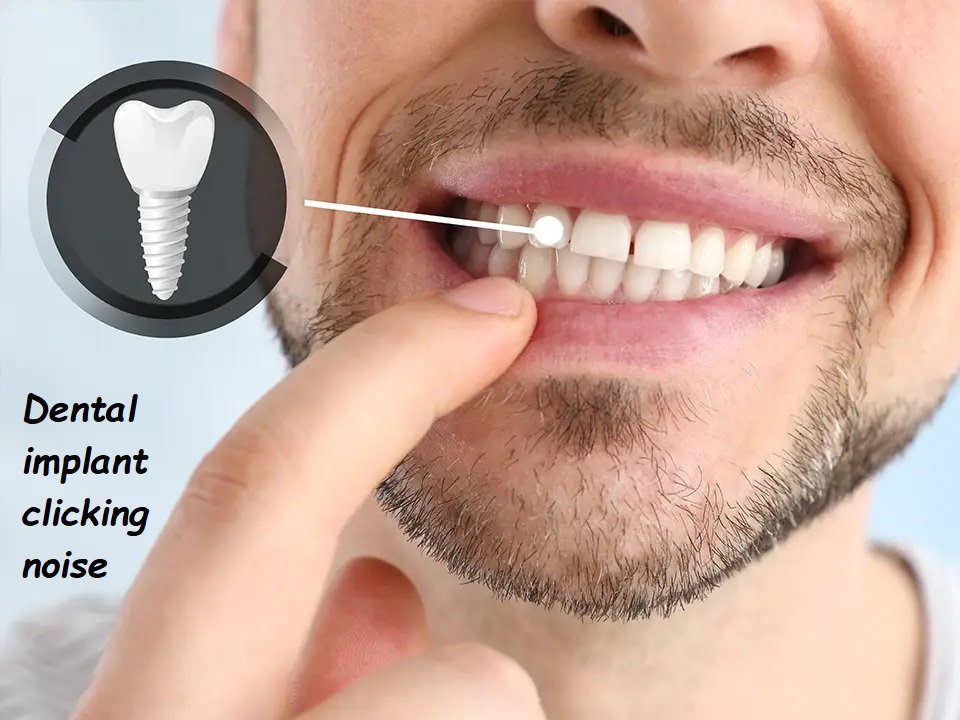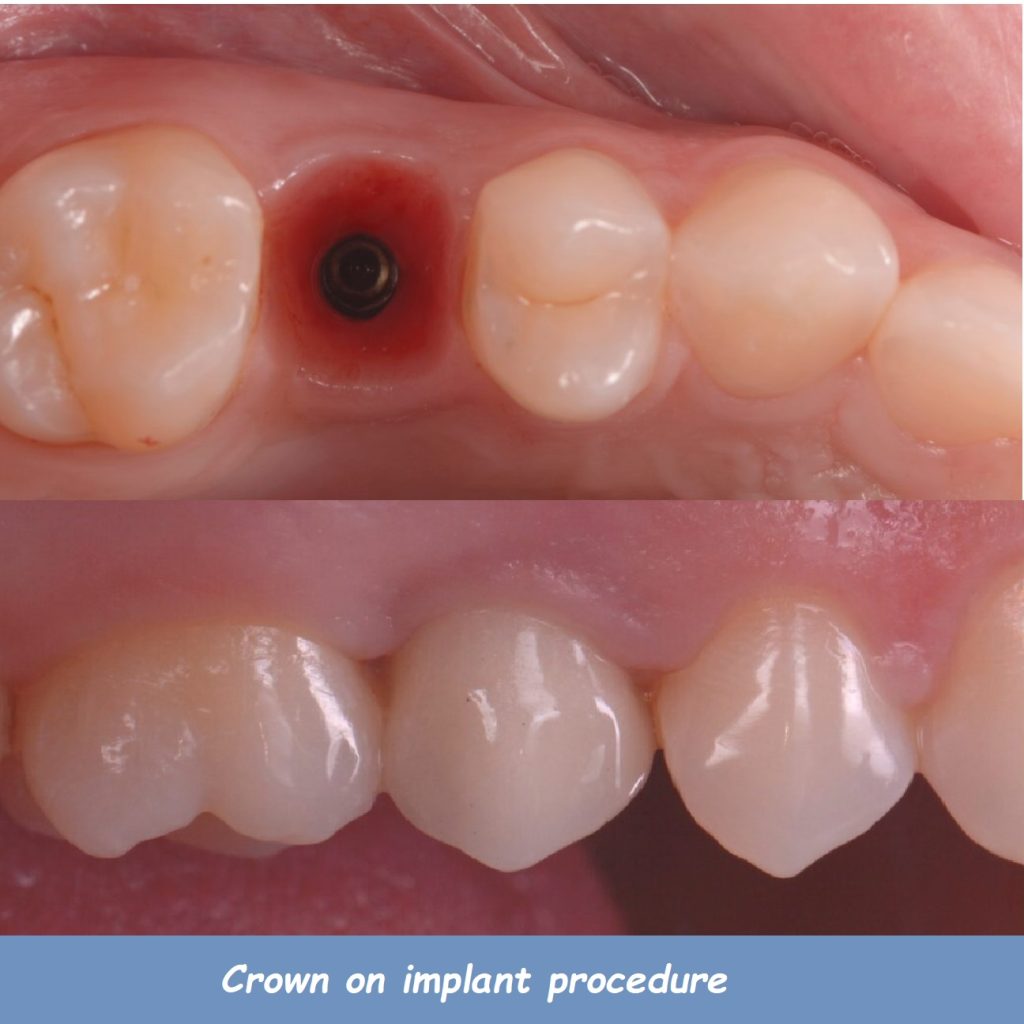How long can you have an implant without a crown
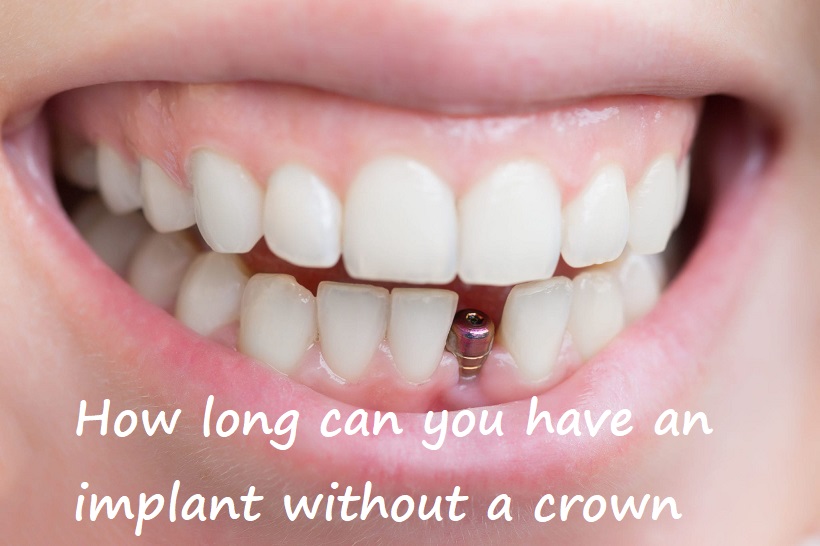
Dental implants are a popular and effective way to replace missing teeth, providing a strong foundation for fixed or removable replacement teeth that are made to match your natural teeth. One common question that arises is how long you can have an implant without a crown. Understanding the timeline and reasons for delays in placing the crown can help manage expectations and ensure the best outcome for your dental health.
What Is a Dental Implant?
A dental implant is a titanium post that is surgically inserted into the jawbone. It acts as an artificial tooth root, providing a stable base for attaching a crown, bridge, or denture. The implant integrates with the jawbone through a process called osseointegration, which takes several months.
The Dental Implant Process
To understand how long you can go without a crown, it’s essential to know the steps involved in getting a dental implant:
1. Consultation and Planning
The first step is a thorough consultation with your dentist or oral surgeon. During this visit, your dentist will evaluate your oral health, take X-rays or CT scans, and discuss your treatment options. They will also explain the procedure in detail and answer any questions you may have.
2. Implant Placement
The implant placement involves surgically inserting the titanium post into the jawbone. This procedure is typically done under local anesthesia, though sedation options are available for those who are anxious or require extensive work.
3. Healing and Osseointegration
After the implant is placed, it needs time to integrate with the jawbone, a process known as osseointegration. This period typically takes 3 to 6 months and is crucial for the stability and success of the implant.
4. Abutment Placement
Once osseointegration is complete, a small connector, called an abutment, is attached to the implant. This piece connects the implant to the crown.
5. Crown Placement
Finally, a custom-made crown is attached to the abutment, completing the restoration process.
How Long Can You Have an Implant Without a Crown?
The time between implant placement and crown placement can vary depending on several factors:
1. Healing and Osseointegration
The primary factor is the healing and osseointegration process, which usually takes 3 to 6 months. This period ensures that the implant has fused correctly with the jawbone and is stable enough to support a crown.
2. Bone Grafting
If you needed a bone graft before the implant could be placed, this could extend the healing period. Bone grafting is necessary when there is not enough bone to support the implant, and it typically requires additional healing time before the implant can be placed.
3. Individual Healing Rates
Every patient’s body heals at a different rate. Factors such as age, overall health, and whether you smoke can affect healing time. Your dentist will monitor your progress and determine the best time to place the crown.
4. Immediate Load Implants
In some cases, immediate load implants, also known as same-day implants, can be placed with a temporary crown on the same day as the implant surgery. However, this is only suitable for specific situations and requires excellent initial stability of the implant.
Potential Risks of Delaying Crown Placement
While it’s generally safe to wait several months before placing a crown, excessively long delays could lead to complications:
1. Shifting Teeth
Without a crown or temporary restoration, adjacent teeth may shift into the gap, affecting your bite and the alignment of your teeth.
2. Bone Loss
The bone around the implant site could start to resorb if the implant is left without stimulation for too long. The crown provides necessary functional stimulation to the bone.
3. Implant Failure
Extended delays could increase the risk of implant failure due to lack of proper loading. Implants need the force of chewing and biting to stimulate and maintain the surrounding bone.
4. Soft Tissue Issues
Without a crown, the gum tissue around the implant may not contour properly, potentially affecting the aesthetics and health of the final restoration.
Benefits of Timely Crown Placement
Timely crown placement helps ensure the success and longevity of your dental implant. Here are some benefits:
1. Aesthetics
Placing a crown sooner restores your smile and prevents the aesthetic issues associated with missing teeth.
2. Functionality
A crown allows you to chew and speak normally, improving your overall oral function.
3. Bone Preservation
The crown provides necessary stimulation to the jawbone, helping to preserve its density and strength.
4. Stability
A crown helps maintain the proper alignment of your teeth by preventing adjacent teeth from shifting.
Long-Term Success of Dental Implants
Ensuring the long-term success of your dental implant involves more than just the timing of crown placement. It also requires ongoing care and maintenance. Here are some important factors to consider for maintaining the health and longevity of your implant:
1. Regular Dental Check-Ups
Regular visits to your dentist are crucial for monitoring the health of your implant and surrounding tissues. Your dentist will check for signs of complications and provide professional cleanings to keep your mouth healthy.
2. Good Oral Hygiene
Maintaining good oral hygiene is essential for preventing infections and ensuring the longevity of your implant. Brush your teeth at least twice a day with a soft-bristled toothbrush, floss daily, and use an antibacterial mouthwash to keep your mouth clean.
3. Healthy Lifestyle Choices
Lifestyle choices can significantly impact the success of your implant. Avoid smoking, as it can impair healing and increase the risk of implant failure. Limit your consumption of sugary and acidic foods and drinks, which can contribute to gum disease and decay.
4. Protecting Your Implants
If you participate in contact sports or grind your teeth at night, it’s important to protect your implants. Wear a mouthguard during sports activities and consider a nightguard if you grind your teeth.
5. Balanced Diet
A balanced diet rich in vitamins and minerals supports overall oral health and helps maintain strong bones. Foods high in calcium and vitamin D are particularly beneficial for maintaining bone density and supporting the health of your implants.
Potential Complications and How to Address Them
Even with proper care, complications can arise with dental implants. Being aware of potential issues and knowing how to address them can help ensure the longevity of your implant.
1. Peri-Implantitis
Peri-implantitis is an infection of the tissues surrounding the implant, similar to gum disease. It can lead to bone loss and implant failure if not treated promptly.
Solution: Maintain good oral hygiene and visit your dentist regularly for check-ups. If you notice any signs of infection, such as redness, swelling, or bleeding around the implant, contact your dentist immediately.
2. Mechanical Complications
Mechanical complications, such as a loose abutment or crown, can occur over time due to wear and tear.
Solution: Regular dental check-ups can help identify and address these issues early. If you notice any looseness or discomfort with your implant, schedule an appointment with your dentist.
3. Nerve Damage
In rare cases, implant placement can cause nerve damage, leading to numbness, tingling, or pain in the surrounding areas.
Solution: Choosing an experienced and skilled dental professional can minimize the risk of nerve damage. If you experience any unusual sensations after implant surgery, contact your dentist immediately.
4. Sinus Issues
For implants placed in the upper jaw, there is a risk of the implant protruding into the sinus cavity, which can cause sinus problems.
Solution: Thorough pre-surgical planning and imaging can help avoid this issue. If you experience sinus problems after implant placement, consult your dentist.
Advanced Techniques and Innovations in Implant Dentistry
Dental implant technology continues to evolve, offering new techniques and innovations that can improve the success and efficiency of the procedure. Here are some advanced techniques that may be used in dental implant treatments:
1. Guided Implant Surgery
Guided implant surgery uses digital imaging and computer-aided design (CAD) to create a precise surgical guide for implant placement. This technique improves accuracy and reduces the risk of complications.
2. Immediate Load Implants
Immediate load implants, also known as same-day implants, allow for the placement of a temporary crown on the same day as the implant surgery. This technique is suitable for specific situations where there is excellent initial stability of the implant.
3. Mini Implants
Mini implants are smaller in diameter than traditional implants and can be used in cases where there is insufficient bone density for standard implants. They are often used to stabilize dentures and can be placed with less invasive surgery.
4. All-on-4 Implants
The All-on-4 technique involves placing four implants in strategic locations in the jaw to support a full arch of teeth. This approach can provide a stable and efficient solution for patients who need to replace all of their upper or lower teeth.
5. Zygomatic Implants
Zygomatic implants are longer than traditional implants and are anchored in the cheekbone rather than the jawbone. This technique is used for patients with severe bone loss in the upper jaw who are not candidates for standard implants.
Patient Success Stories and Testimonials
Hearing from patients who have successfully undergone dental implant procedures can provide valuable insights and inspiration. Here are a few success stories:
1. Jane’s Journey to a New Smile
Jane had struggled with missing teeth for years, affecting her confidence and ability to enjoy her favorite foods. After consulting with her dentist, she decided to undergo the All-on-4 implant procedure. The transformation was life-changing, and Jane now enjoys a beautiful, functional smile that has boosted her self-esteem.
2. John’s Experience with Same-Day Implants
John was initially hesitant about getting dental implants due to the lengthy treatment process. However, after learning about same-day implants, he decided to proceed. The convenience of having his tooth extracted and the implant placed in one visit made a significant difference, and he now has a fully restored smile.
3. Maria’s Mini Implant Success
Maria had been wearing dentures for years but found them uncomfortable and unstable. Her dentist recommended mini implants to stabilize her dentures. The procedure was quick and minimally invasive, and Maria now enjoys the confidence of a secure fit and improved comfort.
FAQs about Dental Implants
Q: How long does the dental implant process take?
A: The entire dental implant process, from consultation to final crown placement, can take several months. The osseointegration period typically lasts 3 to 6 months, followed by the placement of the abutment and crown.
Q: Is the dental implant procedure painful?
A: The procedure is typically performed under local anesthesia, so you should not feel pain during the surgery. Some discomfort and swelling are normal during the recovery period but can be managed with prescribed medications and over-the-counter pain relievers.
Q: How long do dental implants last?
A: With proper care and maintenance, dental implants can last 15-25 years or even longer. Factors such as oral hygiene, lifestyle habits, and regular dental visits play a significant role in the longevity of your implants.
Q: Can anyone get dental implants?
A: Most people who are in good health and have sufficient jawbone density are candidates for dental implants. However, a thorough evaluation by your dentist is necessary to determine your suitability.
Q: Are dental implants covered by insurance?
A: Coverage for dental implants varies depending on your insurance plan. Some plans may cover part of the cost, while others may not. It’s best to check with your insurance provider to understand your coverage options.
Q: What are the alternatives to dental implants?
A: Alternatives to dental implants include dental bridges and dentures. Your dentist can help you determine the best option based on your individual needs and oral health.
Conclusion
Dental implants offer a reliable and effective solution for replacing missing teeth. While the standard waiting period for placing a crown on a dental implant is 3 to 6 months, this timeline can vary based on individual healing rates and whether additional procedures like bone grafting were required. It’s crucial to follow your dentist’s guidance and attend all follow-up appointments to ensure the best outcome for your dental implant.
Delaying crown placement for too long can lead to complications such as shifting teeth, bone loss, and potential implant failure. Therefore, timely crown placement is essential for maintaining the stability, function, and aesthetics of your dental restoration.
By choosing an experienced dentist, maintaining good oral hygiene, and following aftercare instructions, you can increase the chances of a successful outcome and enjoy the long-term benefits of your dental implants. Have you had a dental implant? How long did you wait before getting your crown? Share your experience and any tips in the comments below!

